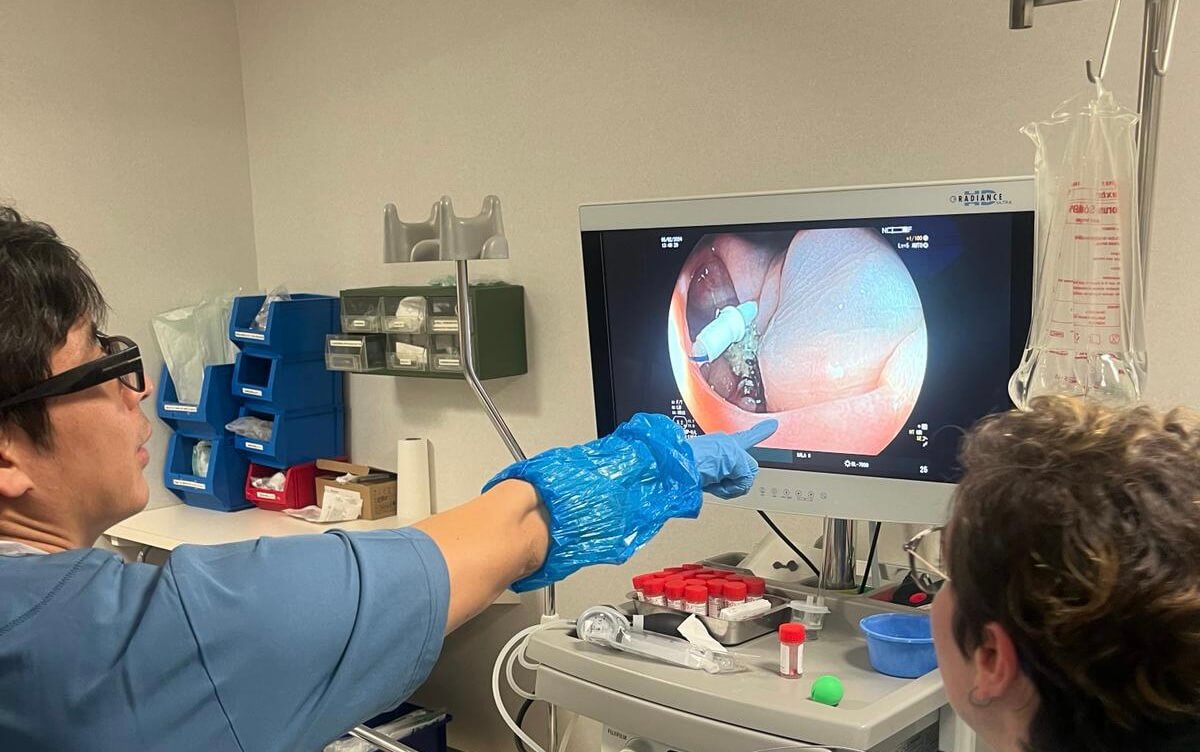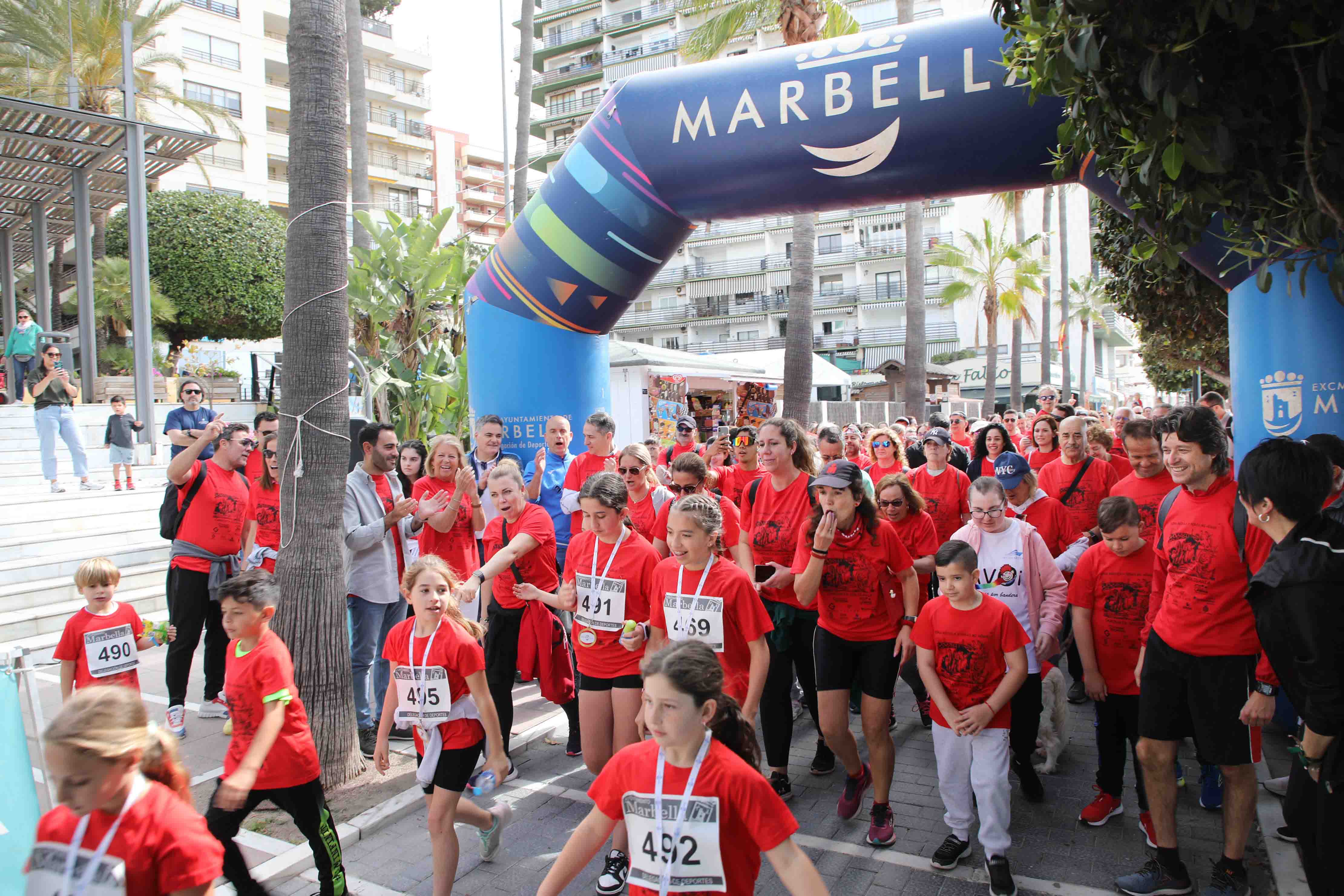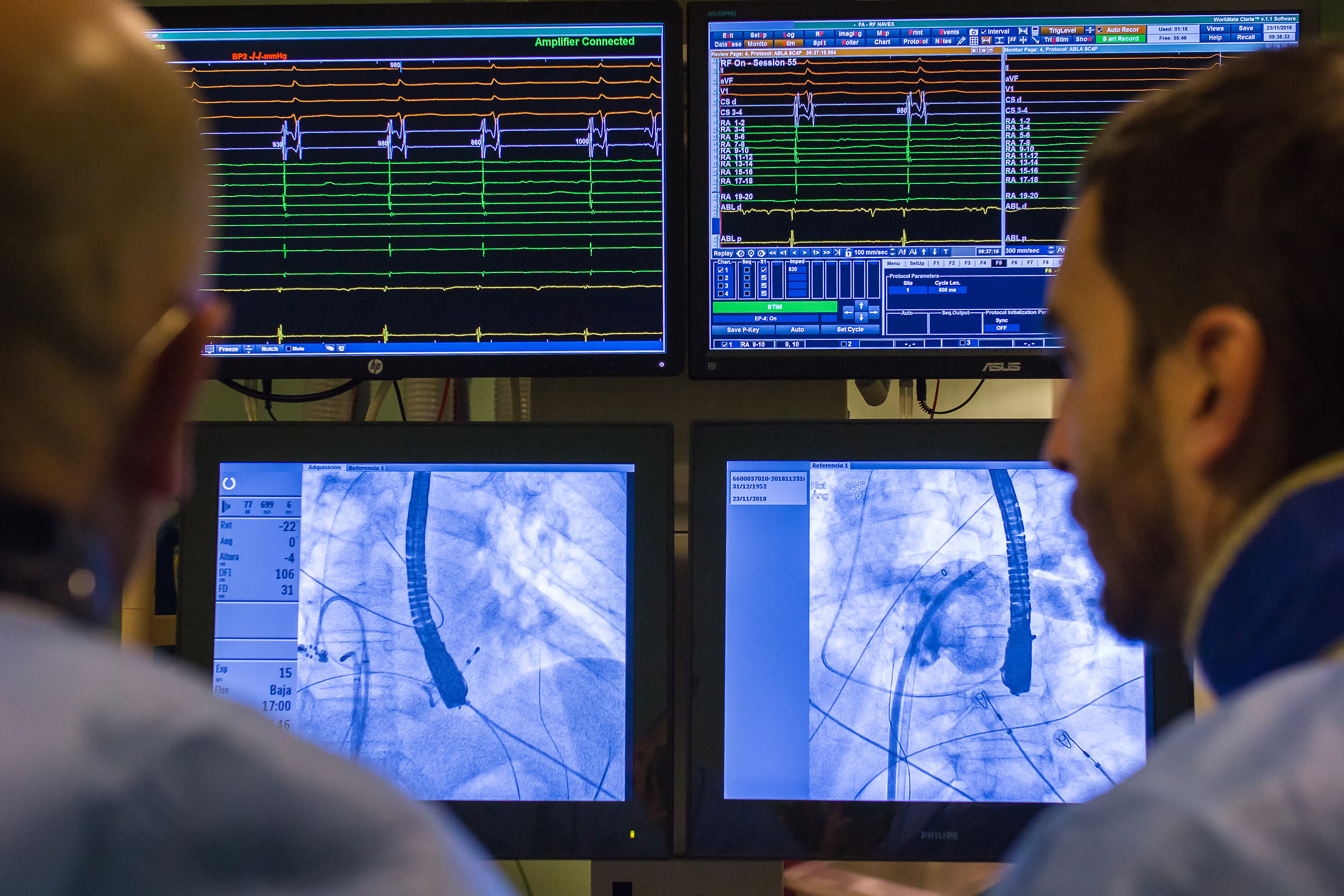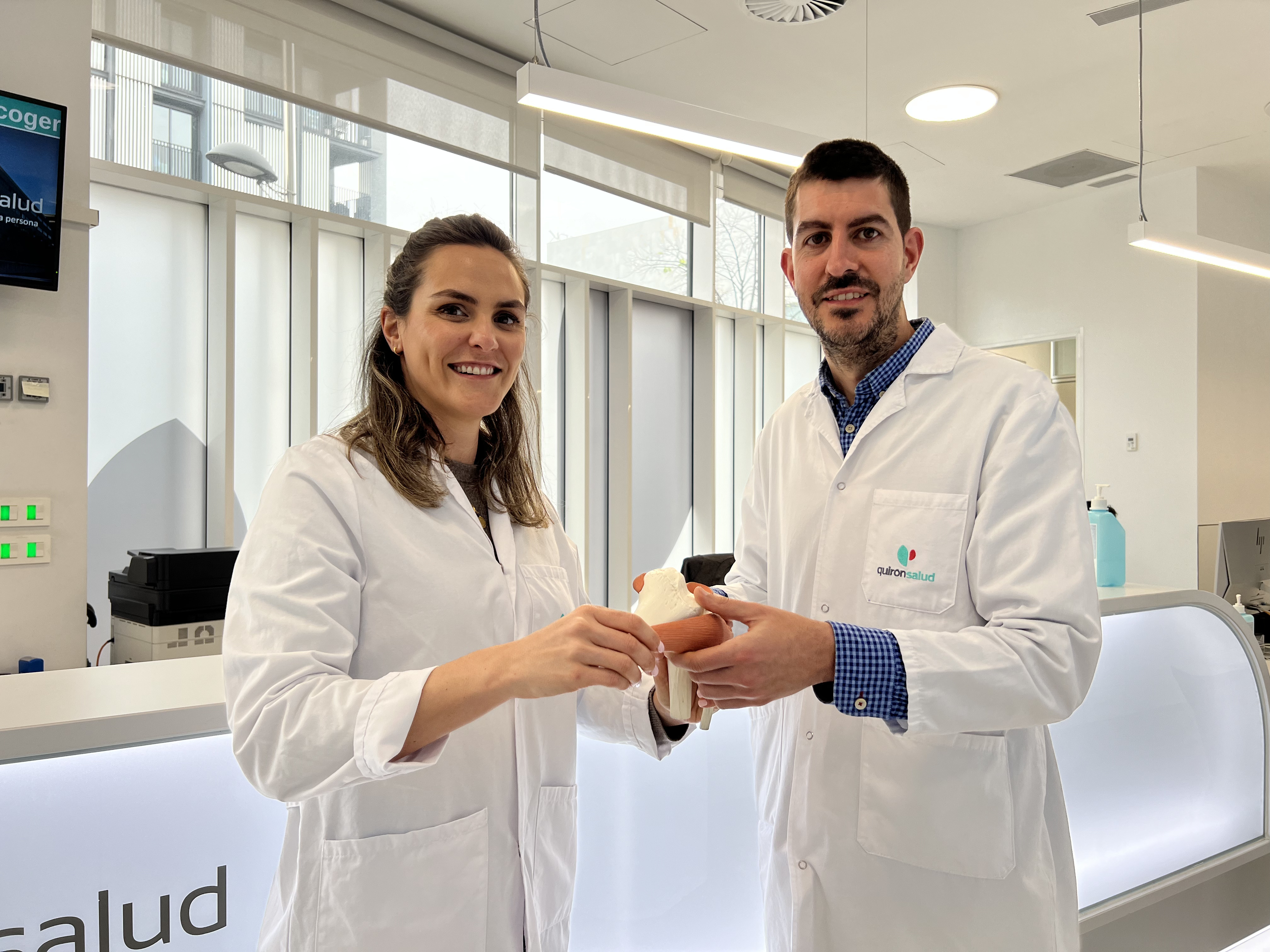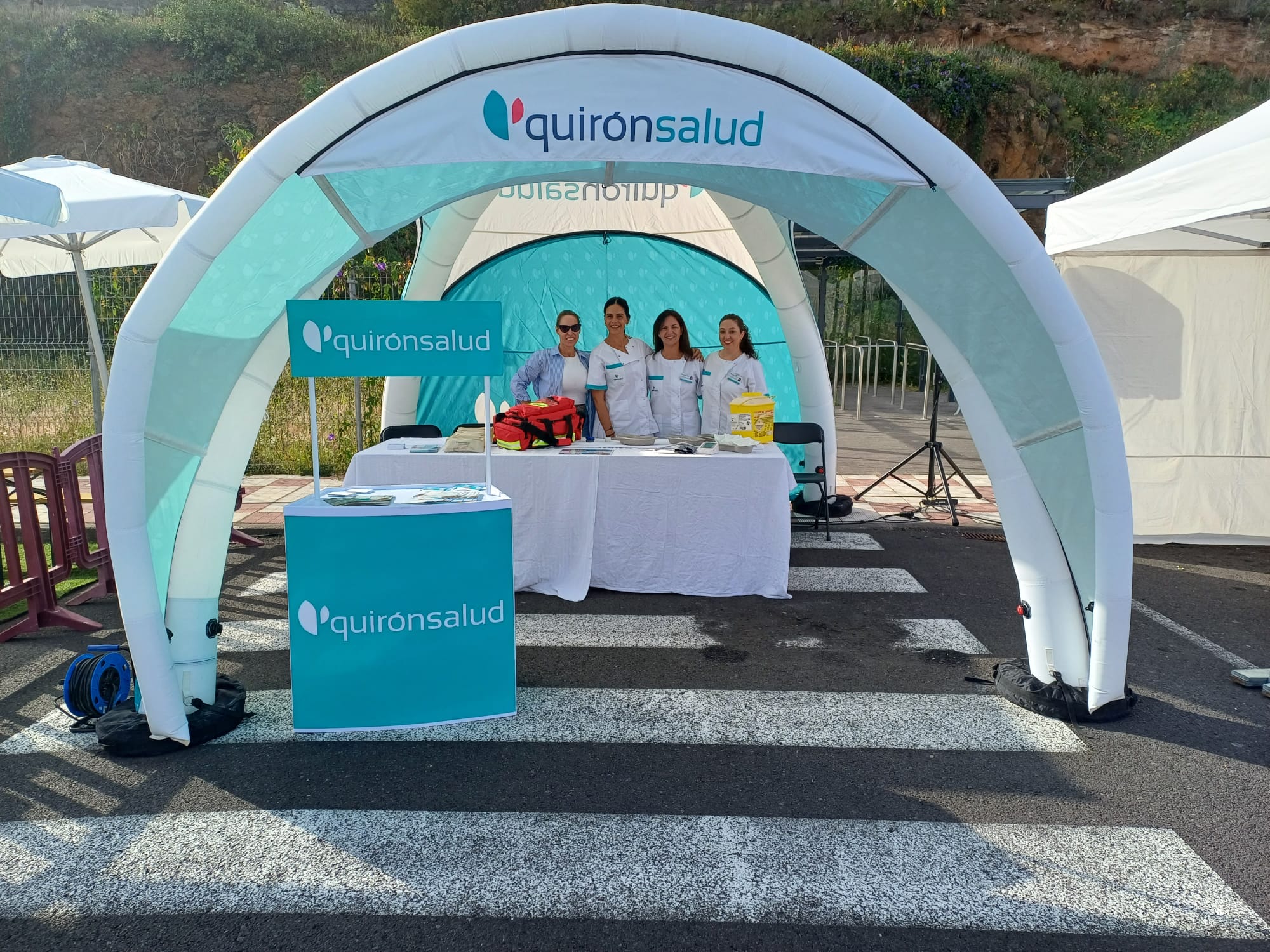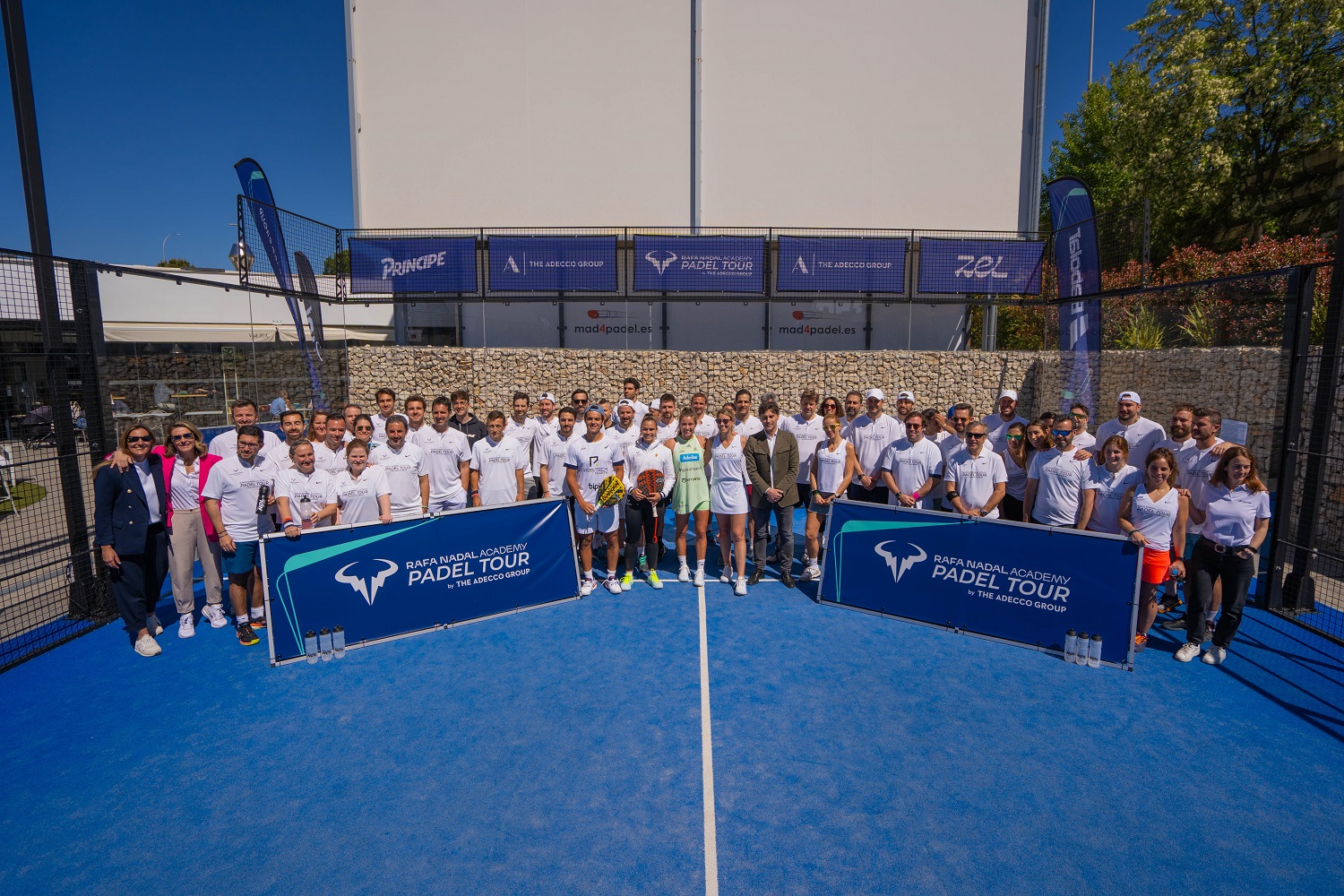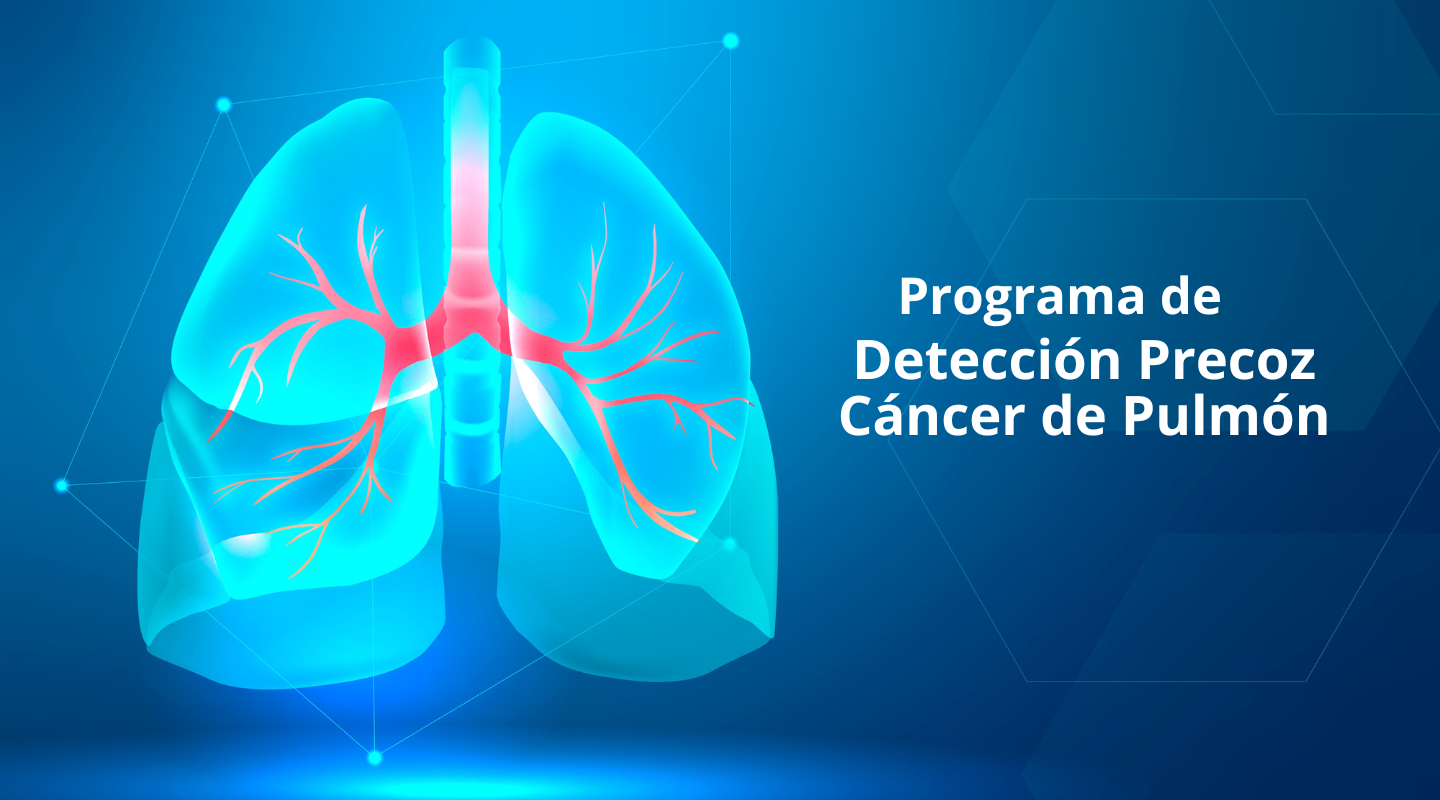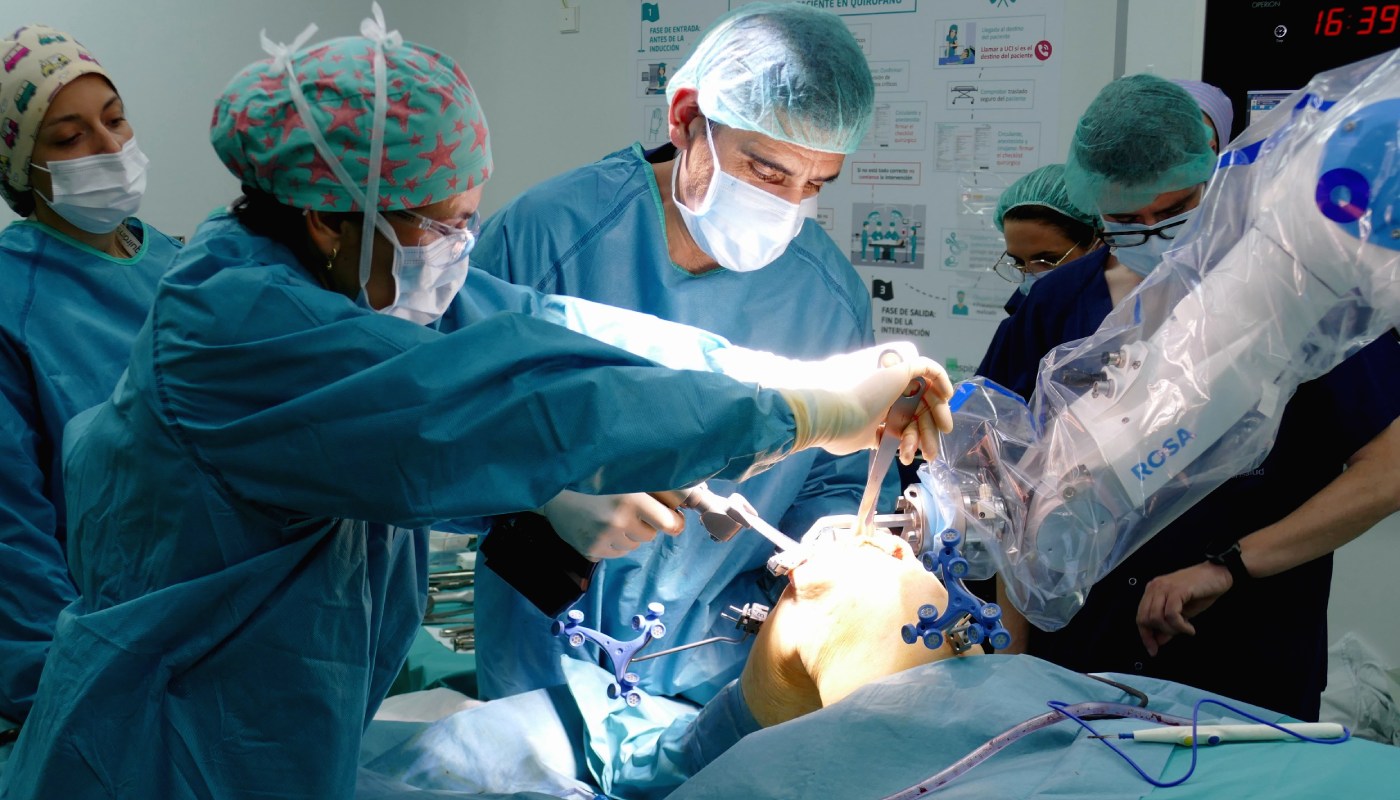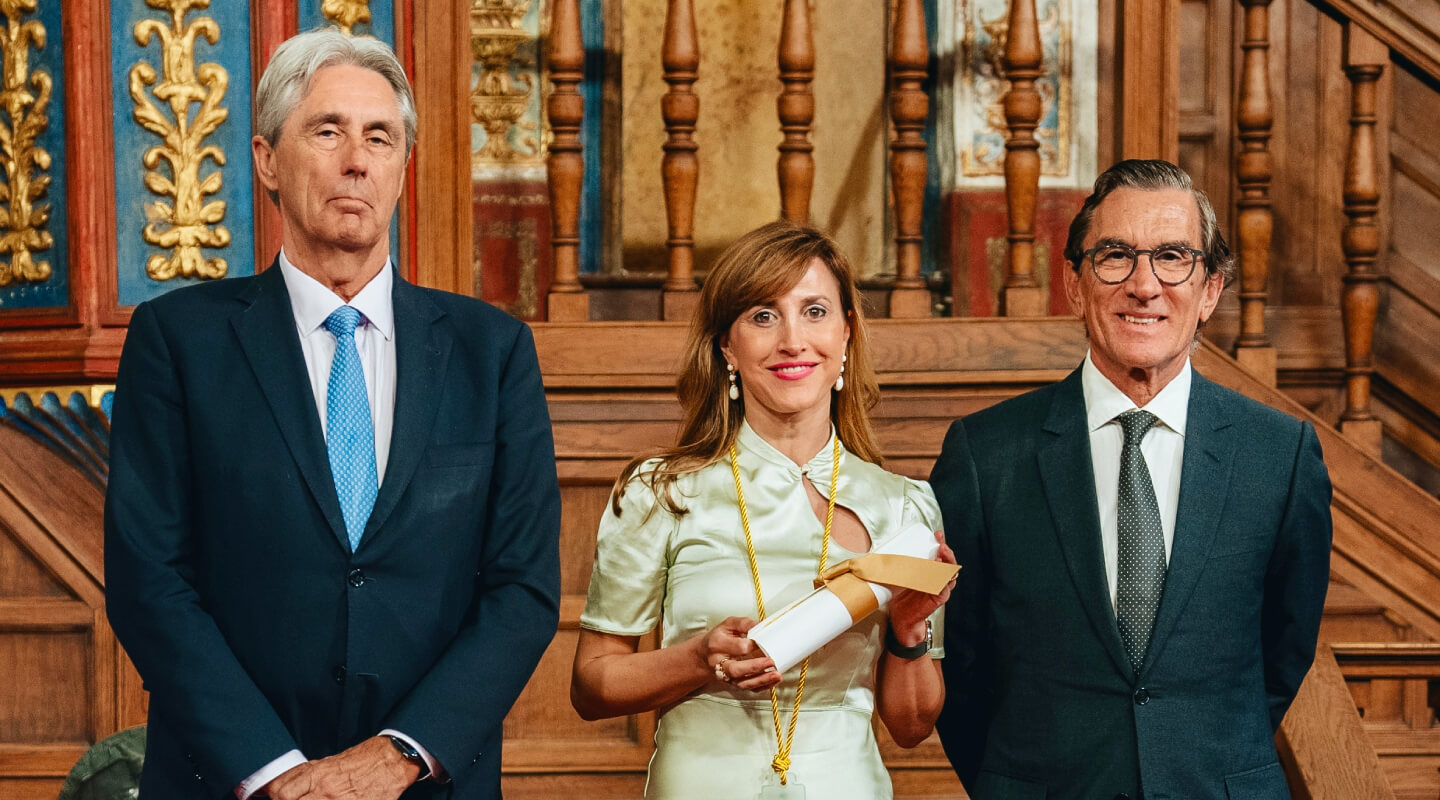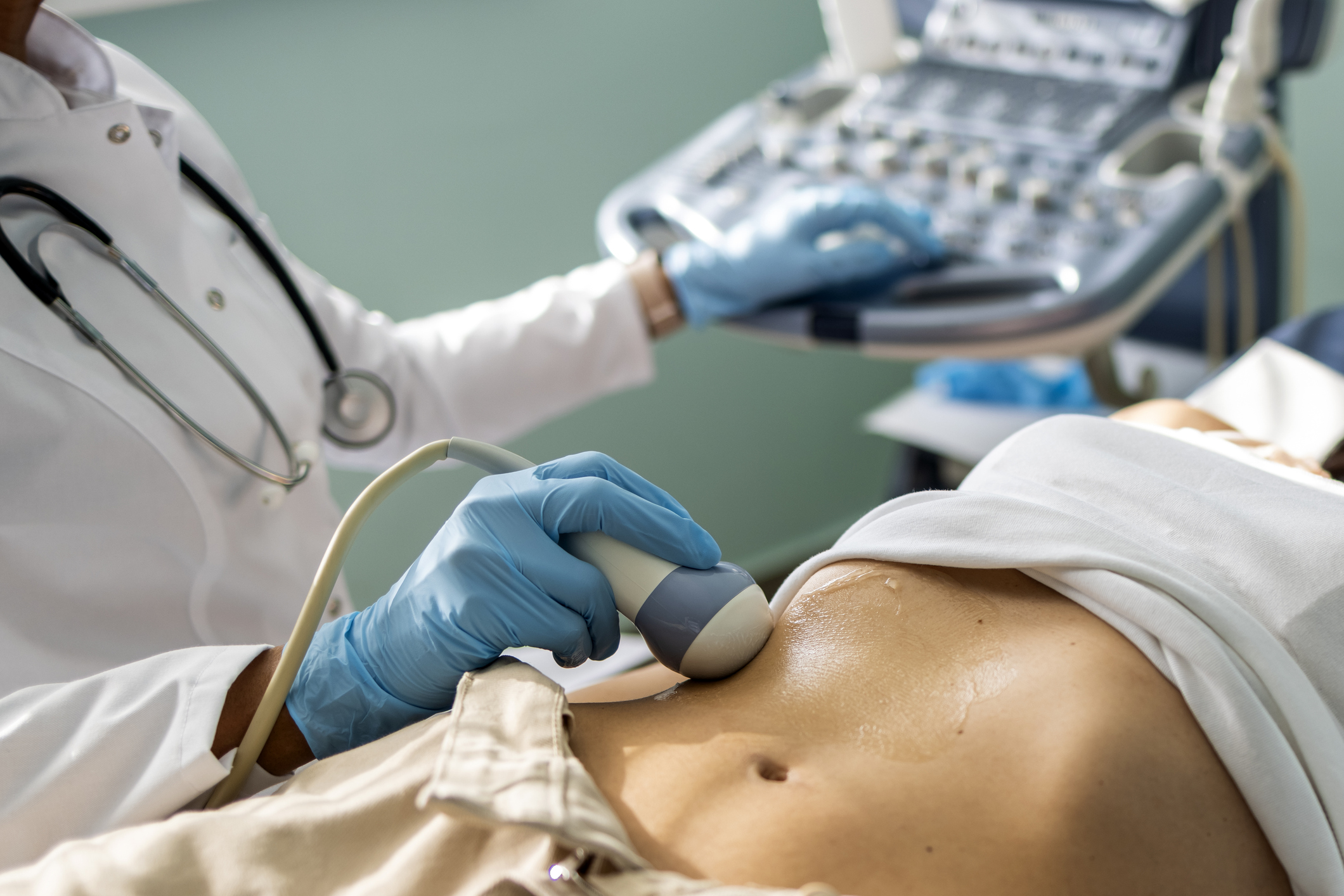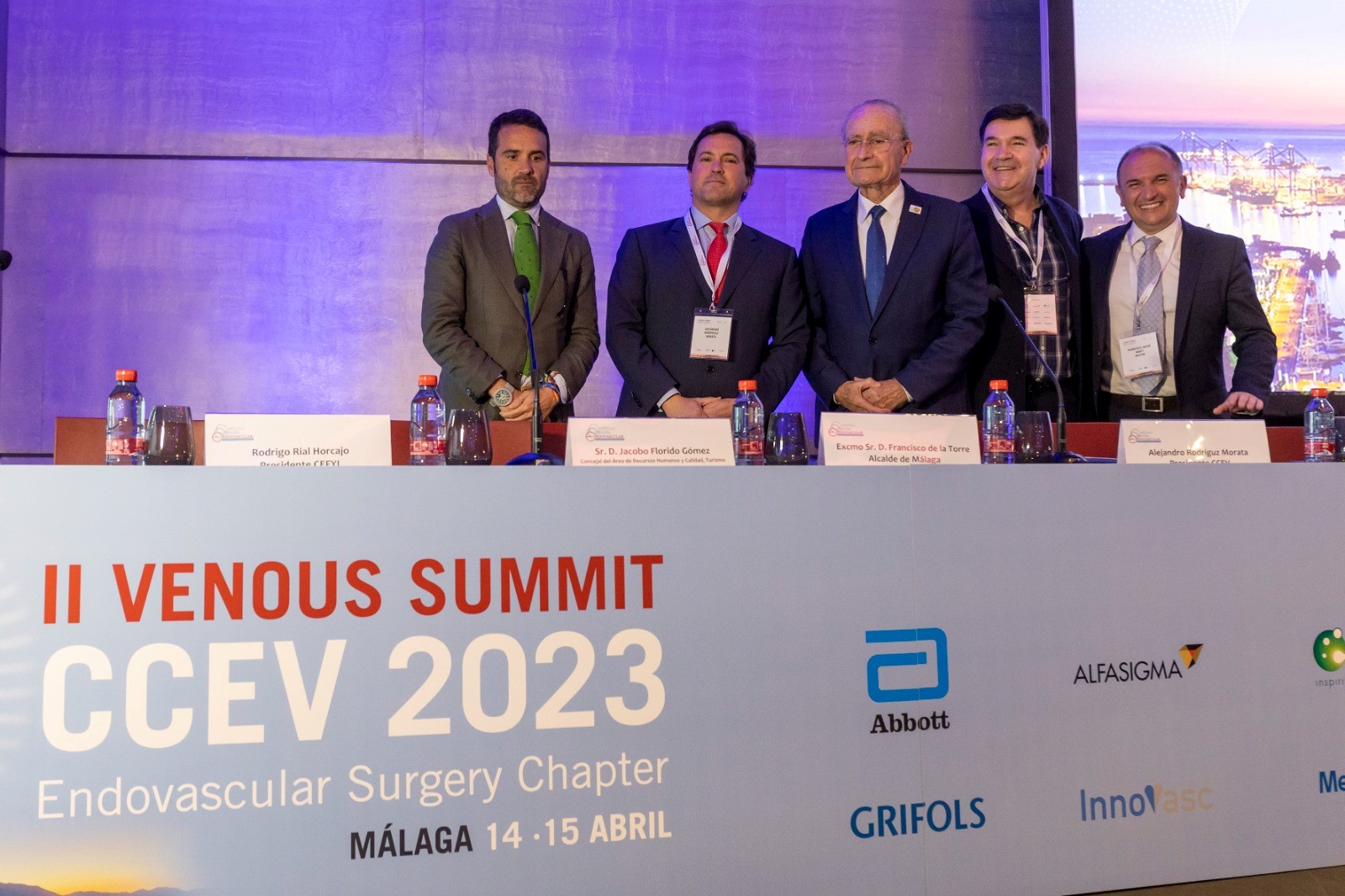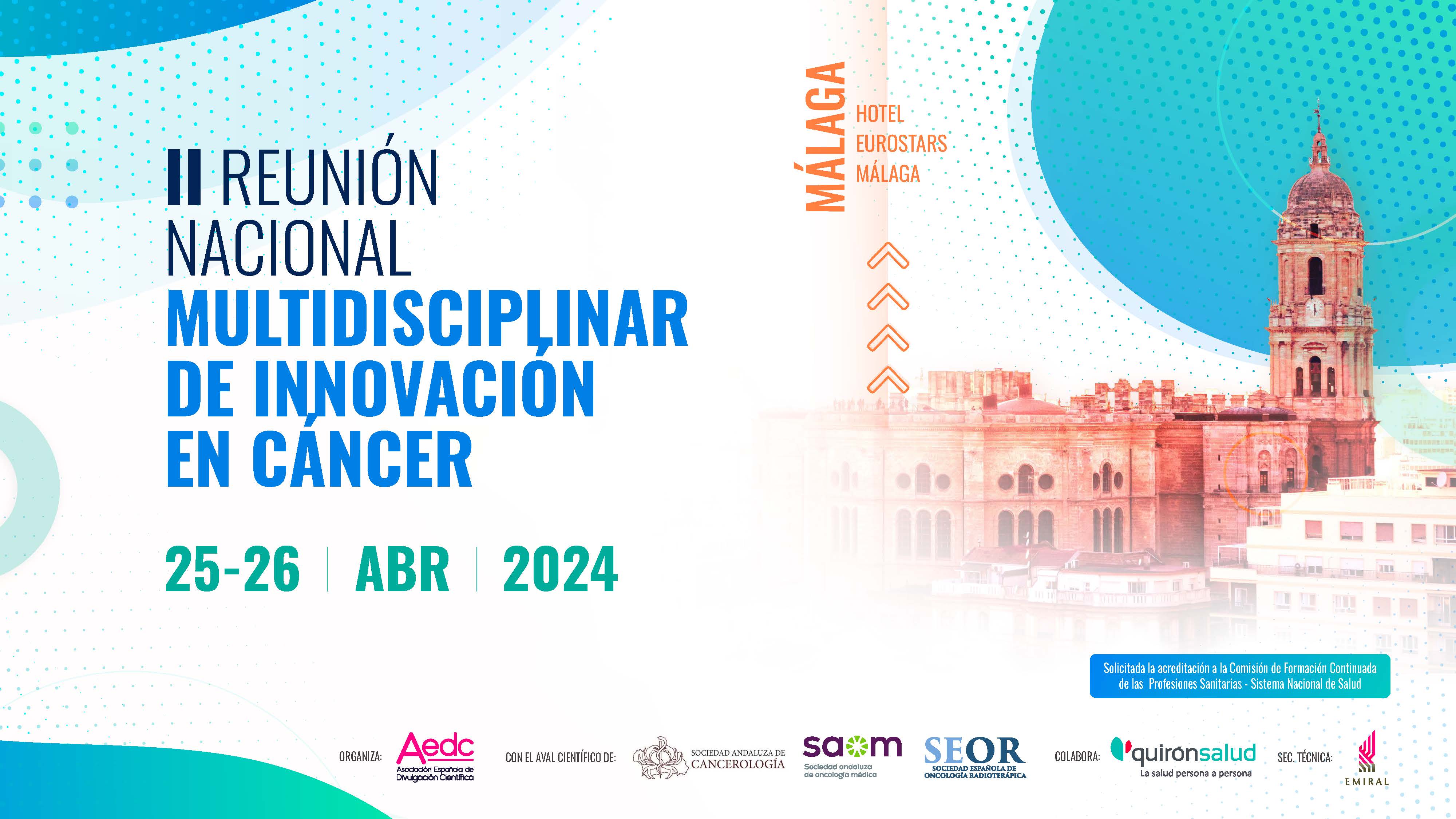Quirónsalud Valencia incorporates a new traumatology service specialized in minimally invasive approaches
The Hospital Quirónsalud Valencia has incorporated a new Traumatology Service in which it highlights its high specialization in minimally invasive approaches and an establishment of fast roads for patient care, which allows to offer agility in the performance of diagnostic tests and treatments.
This service is divided into different specialized units in which are the foot and ankle, hand and upper limb, hip and spine, all led by specialists with training in hospitals of the first order here in Spain and training stays in various hospitals from the USA, as well as authors of numerous scientific works on new treatment pathways.
Benefits of the arthroscopic approach
Within the service emphasizes the arthroscopic approach of the different articulatory pathologies led by Dr. Vicente Carratalá, coordinator of the service and responsible for Surgery of Hand and Upper Member, which allows to deal with the injuries of the joints through small incisions and with the help of a chamber of only 2.5 millimeters in diameter, work inside to diagnose and treat from fractures to ligament injuries, cartilage injuries, etc. Among its many benefits, Dr. Carratalá highlights "a faster recovery and less pain for the patient." For his part, Dr. Rodrígo Díaz, head of the Foot and Ankle Unit, adds that "this type of surgery helps to cure and diagnose a large number of pathologies previously underdiagnosed and treated erroneously."
Dynamic systems that prevent reoperations in spine surgeries
According to the latest articles on epidemiology published in the prestigious American magazine Spine, 80% of the population will have at some point in their lives a problem related to the back. Currently, 40% of the population suffers from chronic spinal pain which places it as the second cause of medical consultation only behind respiratory diseases. "The positive data", as indicated by Dr. Felipe Garibo, responsible for the Raquis Unit, "is that 80% of the spinal pathologies are solved with conservative treatment, with the prescription of anti-inflammatories, a modification of postural hygiene and the execution of specific exercises. Only in the remaining 20% of cases is an intervention necessary ".
In addition to the minimally invasive approach to spinal pathology, the unit is a reference in the use and development of dynamic systems for the treatment of degenerative spine pathologies that greatly reduce the aggressiveness of the intervention and long-term complications. . This technique favors that the union between the operated area and the healthy one is more elastic, which allows a progressive transition of loads in the spine and provides a better quality of life over time to the operated patients. "The use of dynamic spinal systems," adds Dr. Garibo, "helps prevent one of the most frequent complications in spinal surgery, known as the adjacent syndrome. This syndrome consists of the degeneration of the spine and affects one of every two of the patients operated on with the classic techniques within a period of five years, which means the reoperation of the patient in one of every five cases. "
Current events
Current events
- 22 de abril de 2024
Centro Médico Teknon realiza las primeras intervenciones en España de cierre de defectos mucosos; una...
El equipo del Instituto del Aparato Digestivo Teknon y el Dr. Hugo Uchima realizaron las primeras intervenciones de cierre de defectos mucosos en España con el X-TackTM de Bo...Centro Médico TeknonAparato Digestivo - 22 de abril de 2024
El Hospital Quirónsalud Marbella, entidad colaboradora de la marcha solidaria a favor de niños enfermos...
• Cientos de personas han acudido este fin de semana a la convocatoria benéfica impulsada por AVOI (Asociación de Voluntarios de Oncología Infantil).Hospital Quirónsalud MarbellaOncología Médica - 22 de abril de 2024
Quirónsalud Infanta Luisa renueva su navegador intracardiaco con la tecnología más avanzada de la sanidad...
Las tasas de curación de las técnicas con catéter varían entre 70 a 95%, existiendo una tendencia cada vez más generalizada a aplicarlas de un modo más precozHospital Quirónsalud Infanta LuisaCardiología - 22 de abril de 2024
La lectura aumenta la autoestima, desarrolla la empatía y contribuye a mejorar la seguridad emocional
Expertos destacan que los conocimientos que ofrece el hábito de leer reducen el estrés ante el abordaje de situaciones desconocidas y facilita las relaciones sociales, pues a...Hospital Quirónsalud CórdobaNeurología - 22 de abril de 2024
Charla abierta sobre tratamientos avanzados para lesiones de menisco
Los traumatólogos Nuria Urquiza y Miguel Ángel Romero serán los ponentes de este encuentro que tendrá lugar el martes, 23 de abril, a las 19h en la Gran Vía número 45 de Bilb...Centro Médico Quirónsalud Plaza EuskadiCirugía Ortopédica y Traumatología - 18 de abril de 2024
La Fundación Jiménez Díaz pone en marcha el Servicio de Atención Integral al Viajero Internacional para...
La consulta aporta asesoramiento personalizado, un calendario de vacunación individualizado, en caso de ser necesario, y pautas de profilaxis y tratamientoHospital Universitario Fundación Jiménez Díaz - 19 de abril de 2024
Los centros de Quirónsalud en Tenerife colaboran en la primera edición de la carrera solidaria Ruta 091
Los hospitales Quirónsalud Tenerife, Quirónsalud Costa Adeje y Quirónsalud Vida velarán por la salud de todos los participantes de la carrera solidaria Ruta 091 que organiza ...Hospital Quirónsalud Costa AdejeHospital Quirónsalud TenerifeHospital Quirónsalud VidaUrgencias - 19 de abril de 2024
Quirónsalud, Healthcare Partner del Rafa Nadal Academy Padel Tour by Adecco Group
Un nuevo circuito de pádel amateur que recorrerá diferentes ciudades españolas, con el objetivo de aunar competición, ocio, diversión y valores.Quirónsalud - 19 de abril de 2024
Hospital Quirónsalud Barcelona pone en marcha el programa de Detección Precoz de Cáncer de Pulmón
El cribado de cáncer, junto al abandono del consumo de tabaco, ha demostrado ser la estrategia principal en la reducción de la mortalidad por cáncer de pulmón. A partir de ah...Hospital Quirónsalud BarcelonaMedicina Interna - 19 de abril de 2024
Un robot ayuda a colocar prótesis de rodilla adaptándose a las características de cada paciente
El Hospital Universitario Quirónsalud Madrid utiliza el robot ROSA que ayuda a los cirujanos a calcular la mejor posición y el tamaño de la prótesisHospital Universitario Quirónsalud MadridCirugía Ortopédica y Traumatología - 19 de abril de 2024
La Dra. Adriana Izquierdo-Domínguez, alergóloga de Centro Médico Teknon, nombrada Académica de Mérito...
Este nombramiento es un reconocimiento a su trayectoria profesional y su aportación al mundo del perfume y sus campos relacionados.Centro Médico Teknon - 19 de abril de 2024
‘El hígado graso metabólico debe ser controlado por sus múltiples factores de riesgo’
• Quirónsalud Huelva, con la incorporación del doctor Francisco Reina Solano, refuerza el equipo médico especializado en su estudio y tratamiento.Hospital Quirónsalud HuelvaAparato Digestivo - 18 de abril de 2024
Quirónsalud, Healthcare Partner del Mutua Madrid Open de tenis
Las mejores raquetas del tenis mundial se dan cita en este torneo, que se disputa en la Caja Mágica del 22 de abril al 5 de mayo.Quirónsalud - 10 de mayo de 2024
III VENOUS SUMMIT CCEV 2024 Endovascular Surgery Chapter
3ª del VENOUS SUMMIT del CCEV En esta 3ª edición, que se celebrará los próximos 10 y 11 de mayo de 2024, mantendremos el formato horario de comenzar ese viernes a media mañan...Hospital Quirónsalud MálagaAngiología y Cirugía Vascular - 25 de abril de 2024
II Reunión Nacional Multidisciplinar de Innovación en Cáncer
JUEVES 25 DE ABRIL 15.30-16.30H Entrega de documentación.16.30-16.45H Bienvenida y presentación. Dr. Jorge Contreras Martínez / Dr. Manuel Cobo Dols / Dr. Tomás Urda Valcárc...Hospital Quirónsalud MálagaOncología Médica



